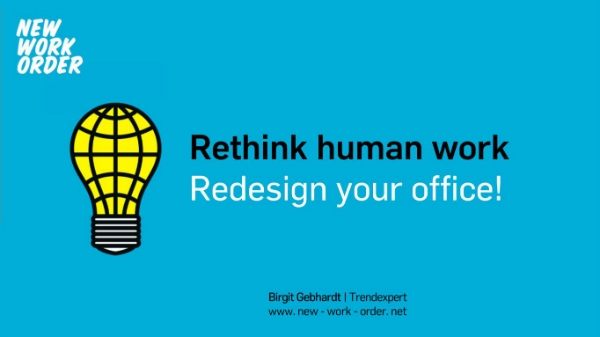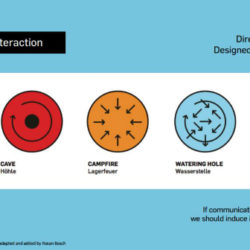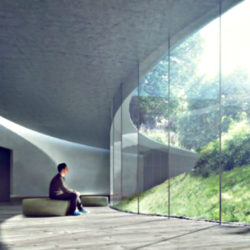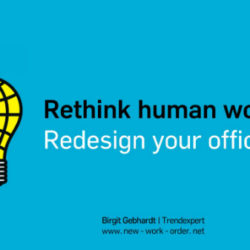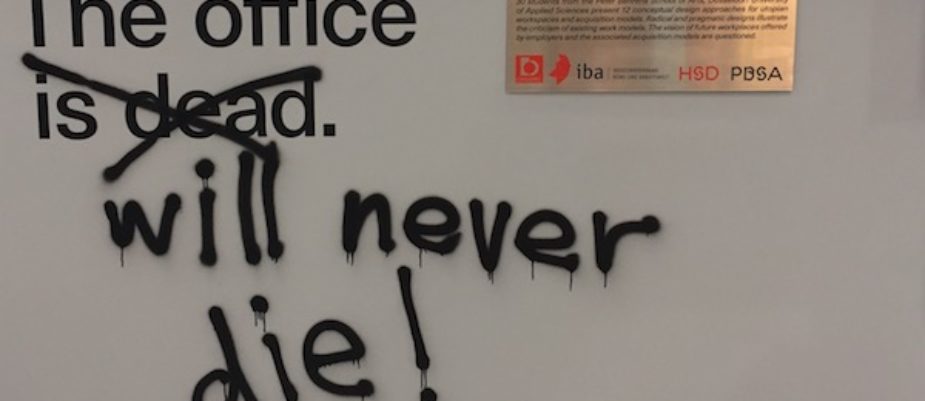
“The design of the office space has to focus on the structure of the human collaboration and communication”. The idea of workplace presented by the trend expert Birgit Gebhardt at the showroom Dieffebi is based on a “landscape of learning”, where networks and data will allow every individual to find his own way of expressing himself, through constant development and self-organization.
Will the office loose its WOW effect in the future, replaced by different spaces more suitable for a more creative, convenient and flexible kind of job? It is a pretty ongoing question that Birgit Gebhardt has studied for the last years, focusing on how we have to rethink the office space in order to let it have an important role still to play.
That was the topic of the lecture “The evolution of Smart Working: Rethink human work, redesign your office”, held by the German trend expert during the Brera Design Days at the Dieffebi Showroom, that celebrates for the occasion the first year of opening. Our society, as long as the economic world, is going through a radical structural change: from an industry-focused system, based on concepts like massification and standardization, we are moving toward the digital era where network and data produce a massive layer of information that help us to focus and produce at an individual scale.
If once the motto was “bigger, faster, further, cheaper”, nowadays is more like “unique, on the spot, feasible by anybody, as many as needed”.
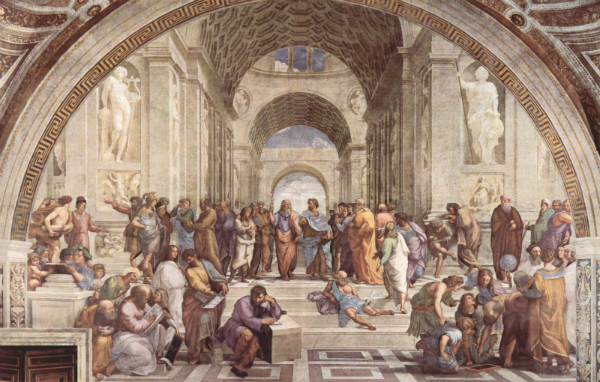
Communication and collaboration are becoming the core of this new structure and therefore they are changing also the way of designing and living the workplace.
The office can’t be anymore the stiff and hierarchical environment, where the inside is hidden from the outside, but it has to be a transparent, intelligent and malleable space, a stage where competences and performance can happen freely.
A communication via architecture is therefore fundamental, enhancing the different structure and social and psychological features of the collaboration and communication processes, offering a variety of codes and sensual stimulations, that allow the people to build a profitable learning culture.
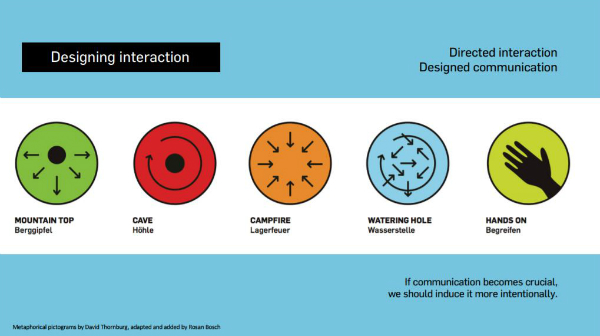
“Learning” is another keyword of the future office. In fact, communication and collaboration are not sterile events, but their main focus has to be the developing of personal and group competences and creativity.
The workplace has to become a blended learning space, where like in gaming, everyone is free to try and experiment, where, as Gebhardt suggested no one should be afraid of thinking in a totally different direction”. We need to create, therefore, a “landscape of learning”, based on a free and constant process, and on a good self-organization.
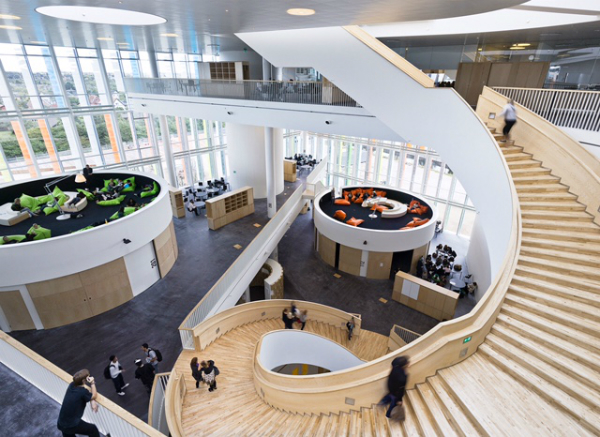
At the same time, it is necessary to create an environment where design and people are strictly connected, entangled, and capable of freely modifying one another. “A space that can’t be too designed: you need to touch it, to change it. If it is too designed, people won’t touch it”. So it is not just the human being to adapt to the situation, but it also the other way around. A stimulating space, finally, is a workplace where people are allowed also “not to focus”. As neuroscience shows, to be creative we need alpha waves that our brain produces when we are not too concentrated on one particular task. That’s why another catchphrase of the future office might be “Let it happen”.
Text by Gabriele Masi.
Pictures from New Work Order by Birgit Gebhardt
Captions:
1. The School of Athen, Raphael: a model for the nowadays office space
2. The metaphorical pictograms used by Rosan Bosch
3. Ørestad Gymnasium, Denmark, picture by Adam Mørk.
